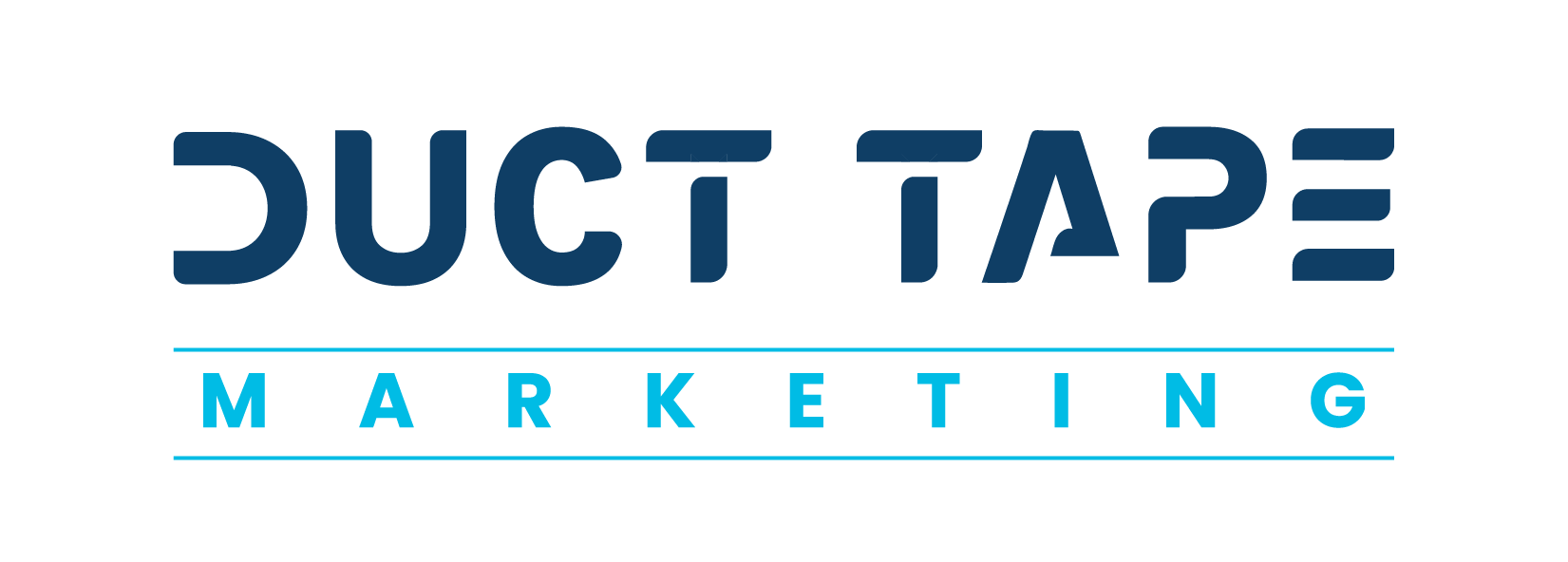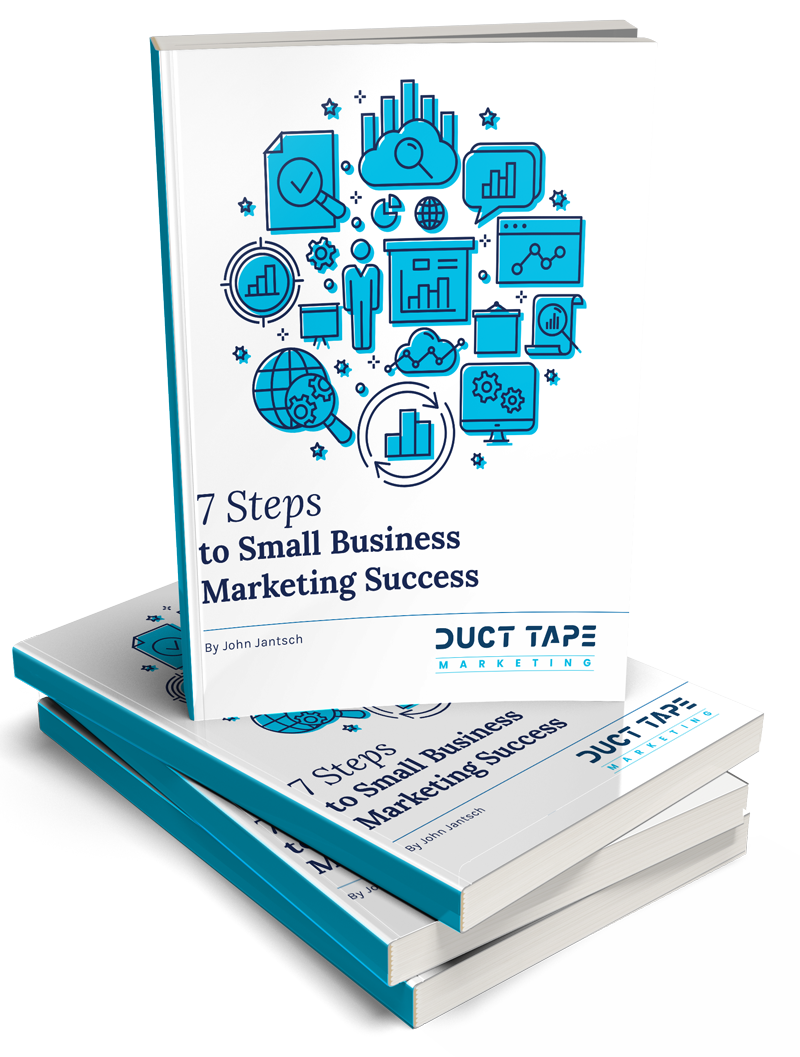Your website is the heart of your online marketing presence. It’s the one place on the internet over which you have full control of visuals, messaging, and content. Everything else that you do online should drive visitors to this website.
But that’s just it, there are a lot of other online channels to consider, from various social media to paid and organic search to local listings. With all these other marketing channels in the mix, it’s best to plan everything around your website and to work out from there. Here are the steps to getting that done.
1. Publish a Website That Works
First thing’s first, you need to create an effective website! I’ve talked before about our Model for Marketing Maturity; it’s all about making sure that the basic marketing elements are in place before moving onto the more advanced elements. You have to crawl before you can walk and run! As you can see, a marketing website is at the very top of the list for our initial build phase. If you don’t have a great marketing website in place, now’s the time to fix that.
That means creating a website with a modern promise and trust elements. It should be mobile-friendly with a smart, simple design that’s easy to navigate. It should have a strong SEO strategy, complete with metadata, keyword research, and off-page elements.
Each page should have a call to action aimed at driving conversions. Plus, you’ll want to share content in a variety of forms—blog posts, videos, and podcasts—that is valuable for your audience and helps establish you as the go-to resource for any information in your area of expertise.
Once those basic elements of a great website are in place, you can begin to turn your focus outward to integrating the other online marketing channels into your plan.
2. Create Organic Social Media
We include social media in the foundational build stage of the Marketing Maturity Index as well, and that’s because social media has become an essential part of most people’s daily online experience. Sites like Facebook tout billions of daily users, and so it’s critical that you have a presence on these major social sites.
In establishing profiles on these sites, you want to make sure that your messaging and design are aligned with what’s happening on your website. Logos, color schemes, and the voice and tone adopted in copywriting should sync up with what visitors will find if they end up on your website. A disconnect in look and feel between social assets and your website can put prospects off and erode trust in your brand.
Once you’ve established the basic profile (which includes your website URL, of course!), you can begin to leverage the power of social media to actively drive visitors to your website. Sharing content that’s housed on your website is one of the easiest ways to do so. Whenever you create a blog post, explainer video, webinar, or podcast episode, share this content on social media. The content should be accompanied by a little blurb, letting followers know what it’s all about, and a link that directs them to the content on your website.
3. Build Out Email Marketing
Email marketing is an essential component of a complete marketing system, but it can sometimes feel disjointed and separate from your website. Because you’re communicating directly with your audience via email, what’s a website got to do with it?
There should be a symbiotic relationship between your email list and your website. A great website includes lead capture forms, so that interested visitors can sign up for your mailing list, and you can in turn gather valuable information about who they are.
Plus, the content in emails sent out to your list should include links back to your website. Perhaps you send a monthly newsletter, which can link to relevant blog content on your site. Maybe you send emails about new products that are about to launch, and the link in the email sends readers to a page on your site with exclusive insider information about the soon-to-be-publicly-announced product.
4. Add Paid Social and Search
Once you’ve established an organic presence on social media, you can begin to broaden your marketing horizons into paid social and paid search. With paid social and search efforts, you can create ads that are targeted at specific groups. This can mean people living in a certain geographic area, people who are already customers, or people with a demographic profile similar to the customers you already have.
After segmenting your audience and creating ad copy that speaks to each subset of the population, the final step in establishing a successful ad campaign is to have a landing page on the website that’s designed specifically for each ad.
A landing page that’s tailored to the messaging in the ad can help to boost conversion rates in paid social and search advertising. Rather than sending visitors to a generic page on your website, they’re greeted with the information that’s specific to the ad campaign that caught their attention in the first place. This means it’ll be easier for them to find the information they want and then take action.
5. Integrate Offline and Online Tactics
While online marketing is essential for modern business, it’s important not to neglect offline tactics as well. Particularly for local businesses, there’s often value in advertising in more traditional channels, like local print ads in the city’s newspaper or a direct mail campaign for neighbors.
Even though these tactics are happening offline, it’s possible to still drive traffic from offline marketing efforts to your website. Creating UTM codes is an effective way to track where traffic is coming from. In fact, if you create separate codes for each offline tactic, you can measure the results of each print ad, direct mailer, or radio spot you run.
An effective website should be the heart of any business’s marketing efforts. Whether online or offline, all marketing roads should lead back to that site. This gives you the power to better understand your audience, control your messaging, and drive conversions along each stage of the customer journey. But a great website can’t exist in a vacuum; it does need all of the other marketing efforts around it to be its most effective self.
If you liked this post, check out our Small Business Guide to Website Design.




